Advanced Micro Devices will not use its next-generation high-performance “Zen” micro-architecture for its accelerated processing units next year, if excerpts from an alleged AMD presentation published by a web-site are to be believed. While the slides reveal AMD’s intentions, they do not answer all the questions about the forthcoming chip.
“Bristol Ridge”: “Zen” or “Excavator” cores?
AMD’s code-named “Bristol Ridge” APU due in 2016 will rely on “Excavator” cores and “Carrizo” design with minimum changes, based on slides published by BenchLife. The presentation published by the web-site was allegedly demonstrated to AMD’s partners on the 27th of March, 2015. The presentation is fairly detailed when it comes to technical information about “Bristol Ridge” and AMD’s next-generation APU platform. However, the presentation contains a number of typos, which may indicate that the web-site has obtained a preliminary version of the document*.
The first rumours about “Excavator” cores inside “Bristol Ridge” emerged in January, which means that the document does not contradict the previously released information. However, in May, a slide from another AMD presentation (which was allegedly a preliminary presentation for the company’s financial analysts day) revealed that “Bristol Ridge” was to be based on up to four “Zen” cores.
Unfortunately, the presentation published by the Chinese web-site does not contain any proper release milestones schedule for “Bristol Ridge”, but only says that the new APU will hit the market in July, 2016. Typically, when a semiconductor company is working on a project, it sets milestones for it. There are target timeframes for tape-out, availability of engineering samples, mass production start and so on. If the milestones are not listed, it may mean that either the company’s plans are not solid or the company has issues with execution.
Since slides about “Bristol Ridge” published by two different sources contradict each other, it may mean that either AMD is choosing between options regarding its next-gen desktop APUs, or the information about “Zen”-based APUs in 2016 is fake. To release “Bristol Ridge” featuring “Carrizo” architecture and “Excavator” cores, AMD needs to improve clock-rate potential of its latest APU. To launch a brand-new accelerated processing unit featuring “Excavator” cores, AMD will have to design an all-new chip from the ground up. Based on what we know about “Zen” from unofficial sources, the new APUs and CPUs will feature a layout that will be completely different when compared to today’s processors.
“Bristol Ridge”: “Carrizo” for desktops
Just like AMD’s current-gen mobile APU, the “Bristol Ridge” will integrate a basic input-output controller, which supports USB 3.0, PCI Express 3.0 x8 to connect to GPUs, PCI Express 3.0 x4 to connect to code-named “Promontory” core-logic sets, PCI Express 3.0 x2 with Serial ATA support to connect to HDDs and SSDs as well as SD, SPI, eSPI and I2S interfaces. The chip is expected to use AM4 form-factor previously known as FM3 (as the document names it). While the APU resembles “Carrizo”, it will come either in pin grid array (PGA) or land grid array (LGA) form-factor. Moreover, “Carrizo” has more advanced I/O capabilities.
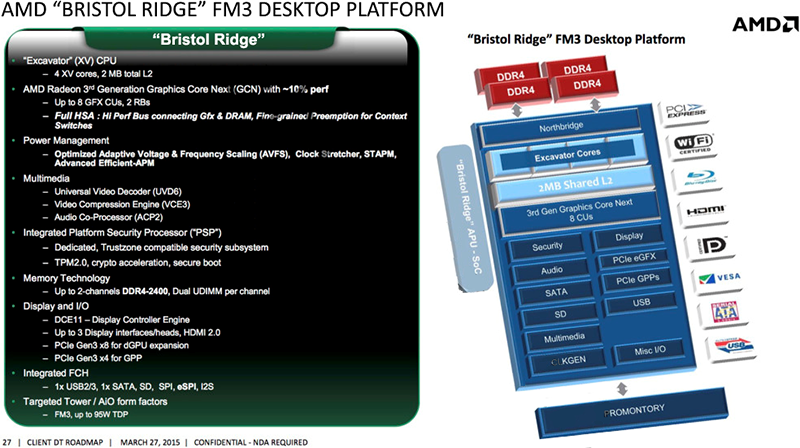
AMD’s “Bristol Ridge” accelerated processing unit will integrate four “Excavator” (XV) cores (two dual-core modules) with 2MB of L2 cache (1MB of cache per module, 512KB per core), AMD Radeon graphics processor with eight compute units (512 stream processors) based on the GCN 1.2 instruction set architecture, a dual-channel DDR4 memory controller, a special high-performance bus to connect x86 cores to graphics cores and DRAM as well as heterogeneous system architecture features (compatible with the HSA 1.0 specifications).
Multimedia, security and input/output capabilities of “Bristol Ridge” will remain unchanged from “Carrizo”. The APU will feature universal video decoder 6.0 (UVD6) with HEVC decoding support for ultra-high-definition (UHD) video, video encoder engine 3.1 (VCE3.1) and audio co-processor 2 (ACP2). In addition to TrustZone technology, AMD’s new chip will also support TPM 2.0, crypto acceleration and secure boot.
The upcoming desktop APU from AMD will support HDMI 2.0 output, which means it will be able to display 3840*2160 video with 120Hz refresh rate, stereo-3D UHD video and so on. The APU will support up to three displays.
Just like “Carrizo”, “Bristol Ridge” will also feature advanced power management capabilities, including connected standby, adaptive voltage and frequency scaling (AVFS), clock stretcher, STAPM and so on.
“Bristol Ridge”: “Carrizo” on steroids?
Without any doubts, “Bristol Ridge” in the form described by the document is a derivative from “Carrizo”. The only question is whether the chip is actually a re-badged “Carrizo”, or a new APU tailored to work at higher clock-rates.
AMD claims that “Carrizo” was designed to be extremely energy-efficient and highly integrated, but was not developed to operate at extreme clock-rates. To maximize transistor density (integration) and lower power consumption, AMD used high-density chip design libraries (HDL) for the chip. According to the company, usage of high density libraries and automated design methods (akin to those used for graphics processing units) helped the company to reduce sizes of “Excavator” cores by 23 per cent compared to “Steamroller” cores inside “Kaveri” and reduce their power consumption by whopping 40 per cent.
When CPU makers design microprocessors that should operate at high clock-rates, they use high-performance chip design libraries, which decreases transistor density and makes chips bigger (and costlier). The companies then adjust their designs in a bid to optimize sizes, frequencies and power consumption. In general, high-performance chips differ from low-power chips, even though that difference may be negligible in some cases.
While “Carrizo” is not supposed to run at high frequencies, maximum clock-rate of such chips is actually 3.40GHz (which may or may not be enabled by a particular PC maker due to TDP limitations).
According to a slide published by BenchLife, “Excavator” cores inside “Bristol Ridge” will operate at ~4GHz clock-rates, which is a significant improvement over “Carrizo”. Theoretically, it may indicate that the “Bristol Ridge” is a new chip that was partly re-designed using high-performance libraries. Thanks to higher clock-rates and 10 per cent higher IPC [instructions per clock] performance of “Excavator” vs. “Steamroller”, expect “Bristol Ridge” to be faster than “Kaveri” in general-purpose applications.
The upcoming APU will also support DDR4 memory, which may mean that the chip is different from “Carrizo”. While this is possible, it may also demonstrate that “Carrizo” also technically supports DDR4, but it is not enabled due to power consumption or cost concerns.
Thanks to higher clock-rates and DDR4 support, graphics processing performance of “Bristol Ridge” should be higher compared to that of “Kaveri”.
The “Bristol Ridge” chip is expected to be made using an unknown 28nm fabrication process and will have up to 95W thermal design power. By contrast, “Carrizo” has maximum TDP of 35W.
Final words
AMD’s “Bristol Ridge” accelerated processing units will offer considerably higher performance than “Carrizo” thanks to higher frequencies, improved memory bandwidth and other optimizations. Moreover, the new APUs will also be faster than “Kaveri”. However, do not expect any breakthroughs from “Excavator”. The “Bulldozer” architecture is clearly outdated and AMD decided not to invest a lot in its enhancement. In fact, AMD also did not improve its integrated graphics processor anyhow compared to “Kaveri”.
If “Bristol Ridge” products arrive in the third quarter of 2016, they will face tough competition from Intel’s “Skylake” processors. Being made using more advanced process technology and featuring new micro-architectures for both general-purpose and graphics-processing cores, the new chips from Intel promise to offer high performance in all types of applications.
AMD did not comment on the news-story.
Discuss on our Facebook page, HERE.
KitGuru Says: Re-introducing “Carrizo” for desktops next year is hardly something that AMD management wants. It is obvious that the chip will be slower compared to Intel’s offerings in many, if not all, applications. The only reason why AMD may plan to introduce “Bristol Ridge” with “Excavator” cores is because its “Zen”-based APUs are not ready and AMD just cannot sell “Kaveri” for three years.
While the prospects of “Bristol Ridge” do not look exactly good, keep in mind that the information comes from unofficial sources and next year AMD may introduce something completely different.
*Note: The images originally published by BenchLife have been altered for better viewing experience.
 KitGuru KitGuru.net – Tech News | Hardware News | Hardware Reviews | IOS | Mobile | Gaming | Graphics Cards
KitGuru KitGuru.net – Tech News | Hardware News | Hardware Reviews | IOS | Mobile | Gaming | Graphics Cards


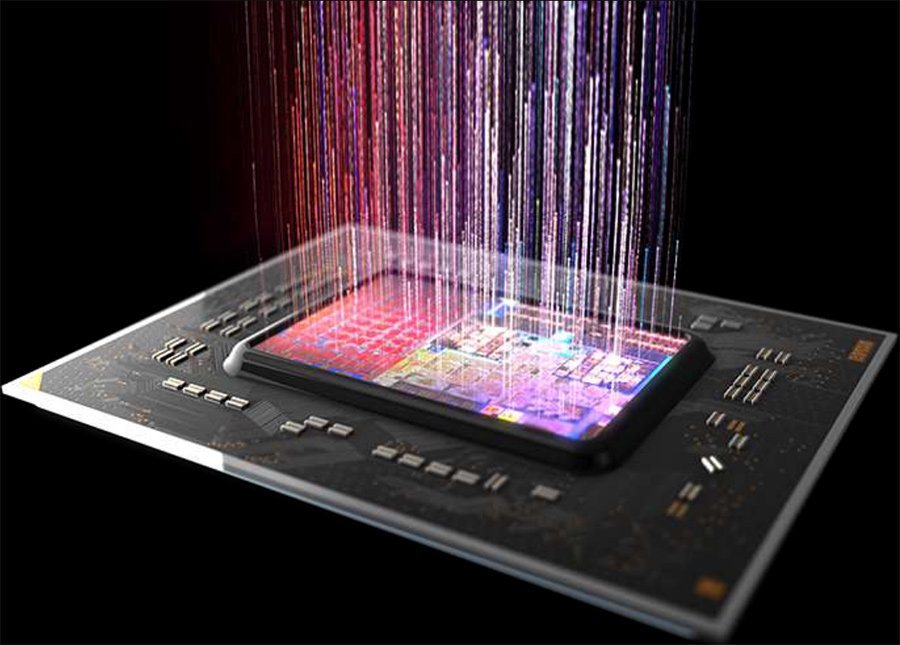
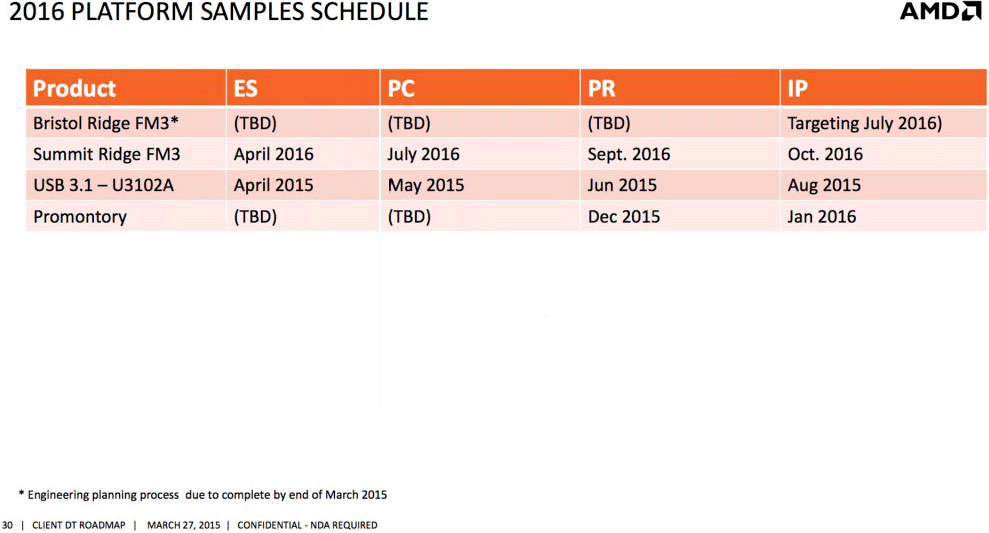
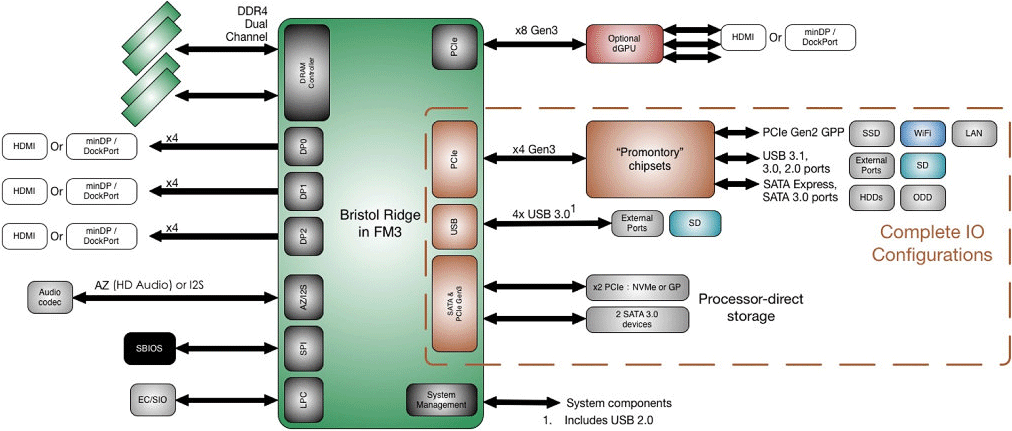
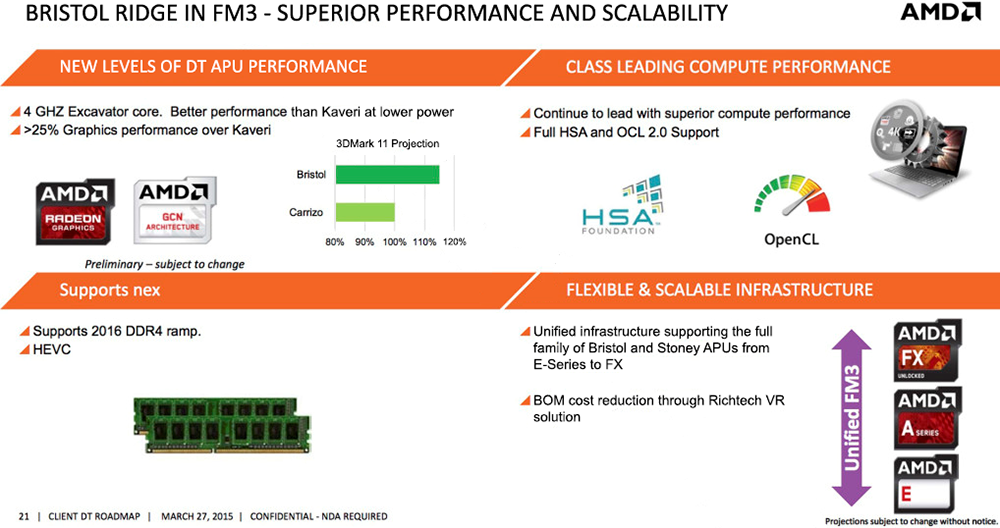
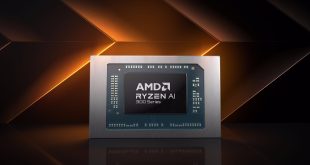
if i were AMD i would stick to Zen.
What a depressing news 🙁
The Job Search Site on the Net @mk12
..
http://www.PlutoNetlightNet/123/careers...
———- that’s a full enjoy with kitguru……. _________ Continue Reading
these don’t make sense since amd official analyst day slides mention am4 socket, fm3 was mentioned in the slides that leaked before analyst day and turned out to be fake
Still 28nm?!
NOooooooooooo ……………………………………..
you’re right. this news is fake as it goes against amd’s own announcements of analyst day.
Hope that is false news because if so they are ducked (lol).
Check out with this site kitguru … KEEP READING
Zen is not ready for APU. It is designed for high-perf at cost of lower energy efficiency.
whty ? Intel provide competitive chips, with great performance and low energy consumption. No need to limit itself to AMD.
If this were to be true, AMD days can be counted.
No budget for the ARM project but has one for upgraded XV cores and Zen at the same time? There is no logic behind the choice.
So either AMD is in deep major personnel and economic problem or this rumor is fake.
Sucks my ass you bunch of motherfuckers.
WTF are you talking about? Just go to bed.
If it is accurate, it means that AMD missed the mark when it comes to my upgrade timetable. I have been mainly using AMD builds since the early 2000s, and I have been putting off my upgrade hoping that they were going to role out their new architecture in a sensible timeframe, but it looks like I am not going to have any alternative but to go with Intel in my next build. When the next gen of VR hits the market I want to get my machine up to spec to ensure I have a good experience, and I want to prepare for the next gen of games that are incoming. That means that there will be a year or more between the release of SteamVR and when this article claims AMD is going to introduce the Zen architecture–There is no way I am going to continue pampering AMD. Not after so many bad decisions, mediocre products, and untimely delays.